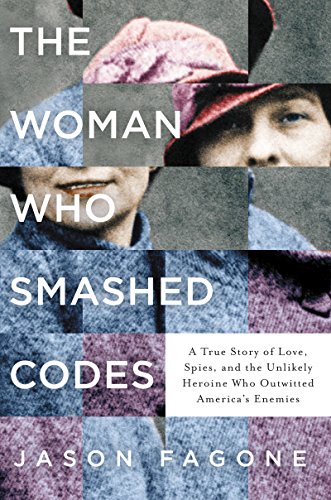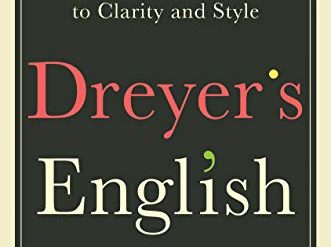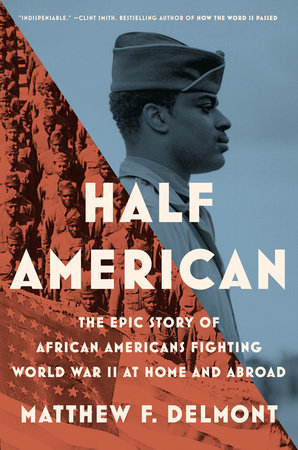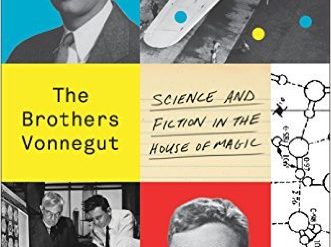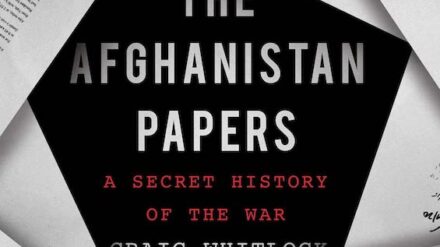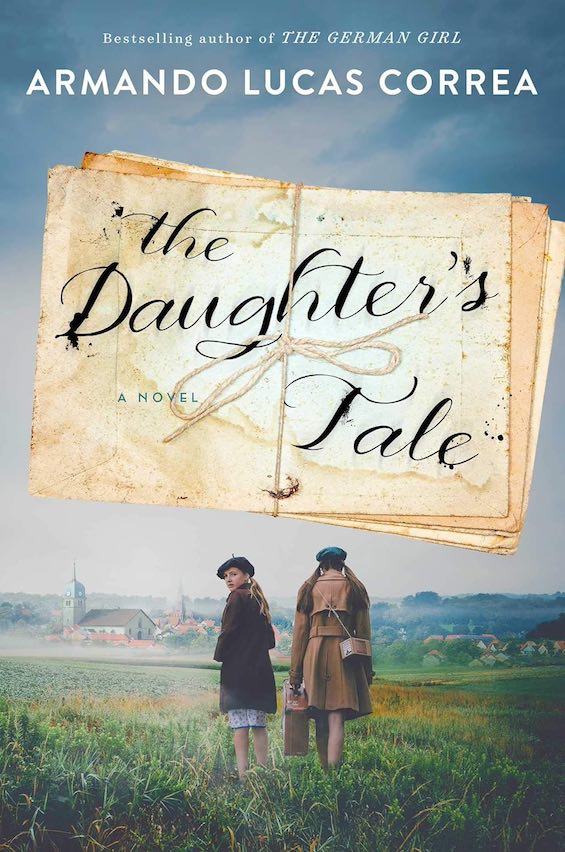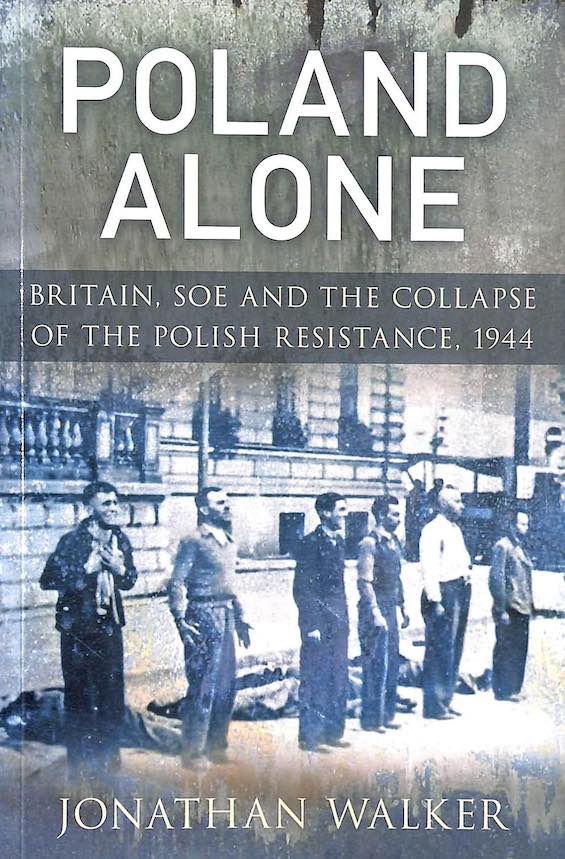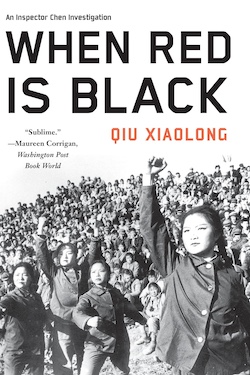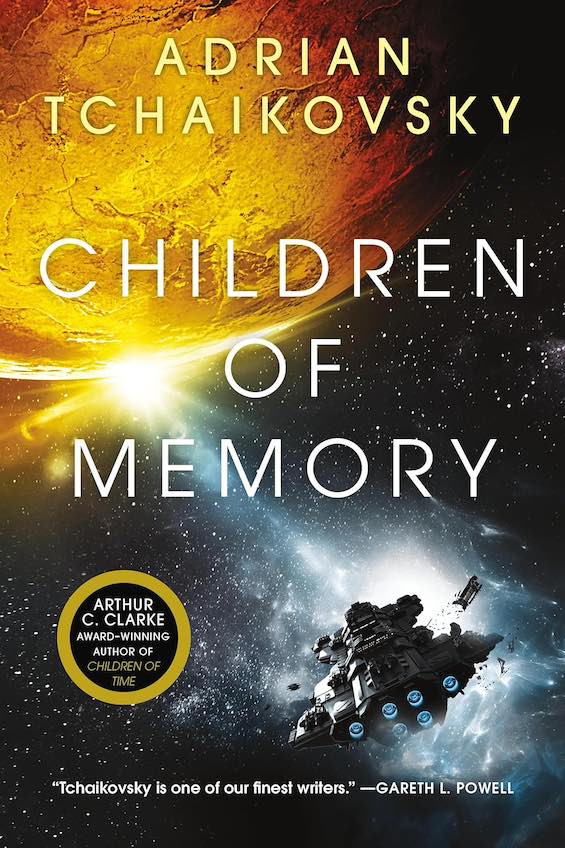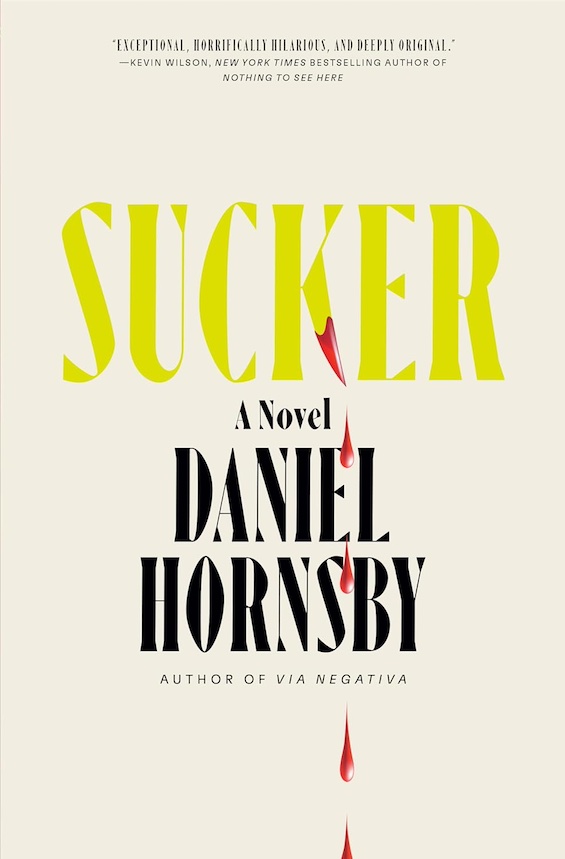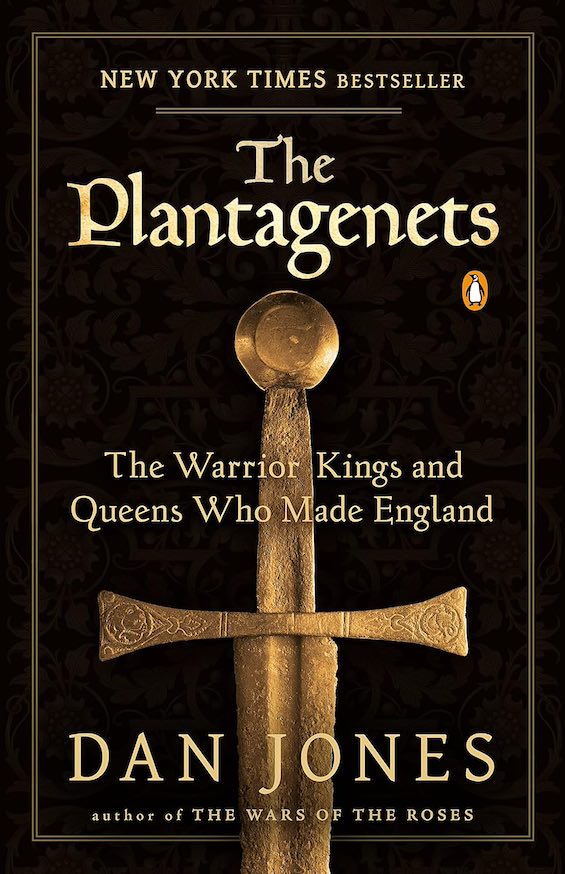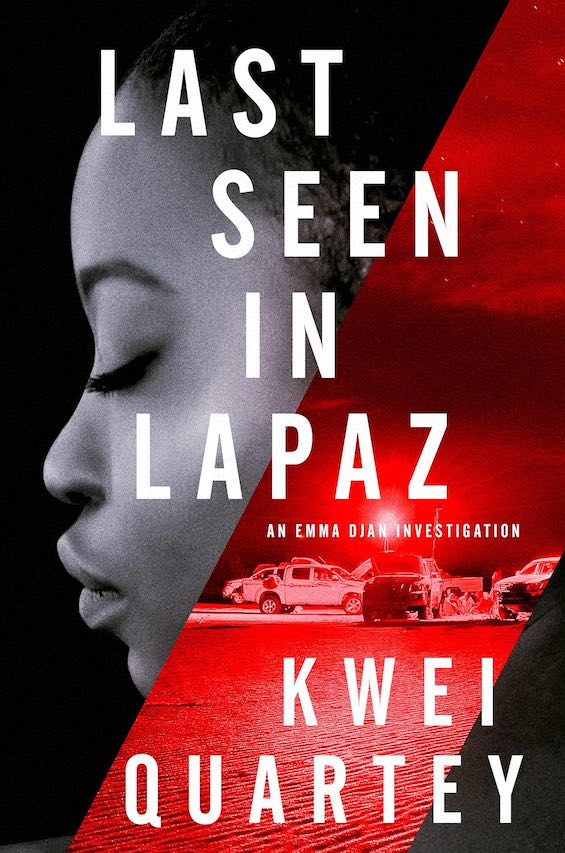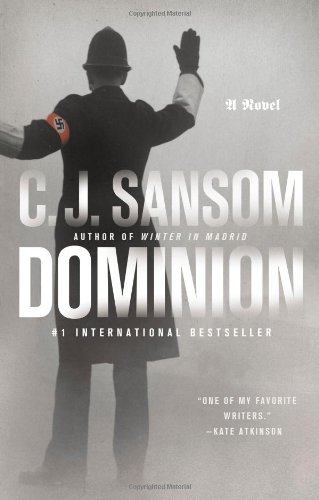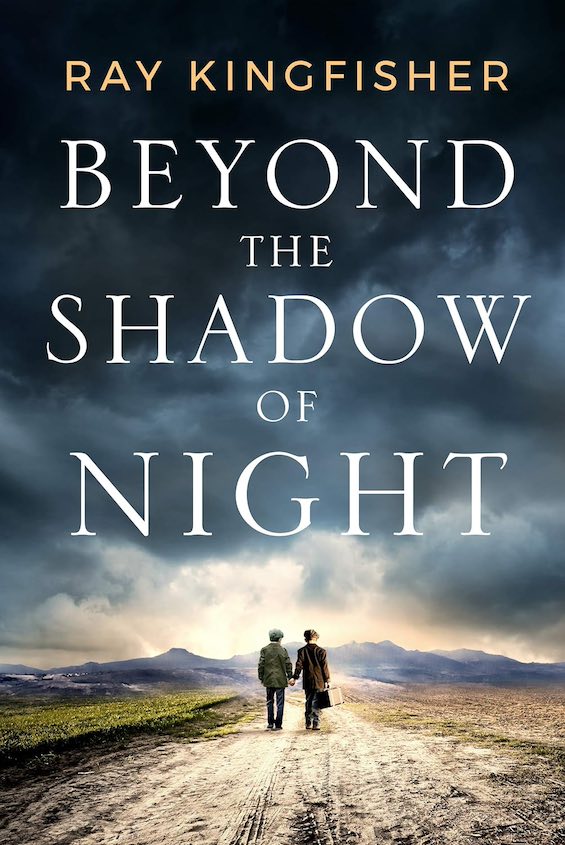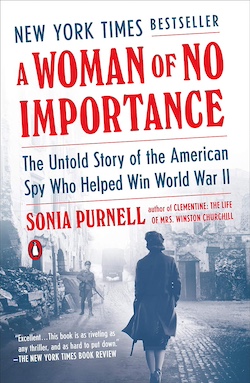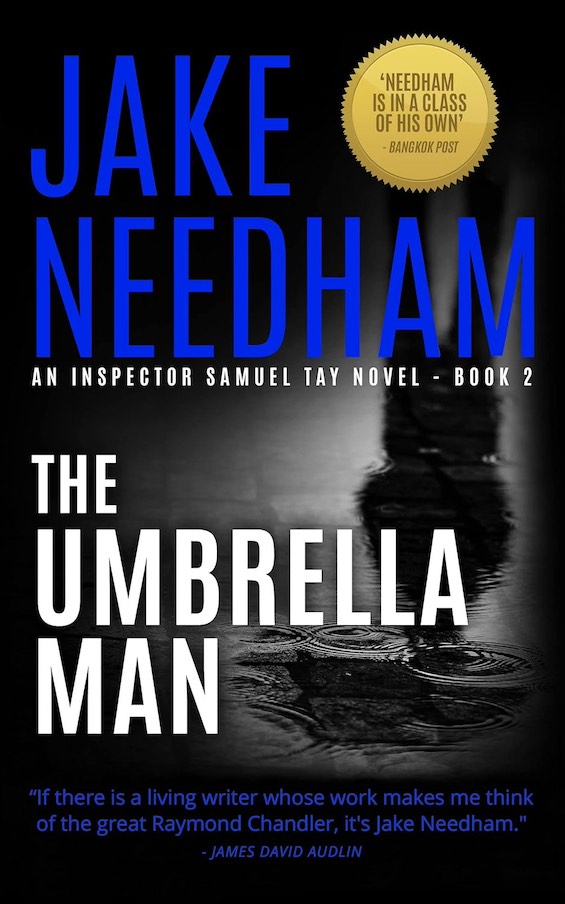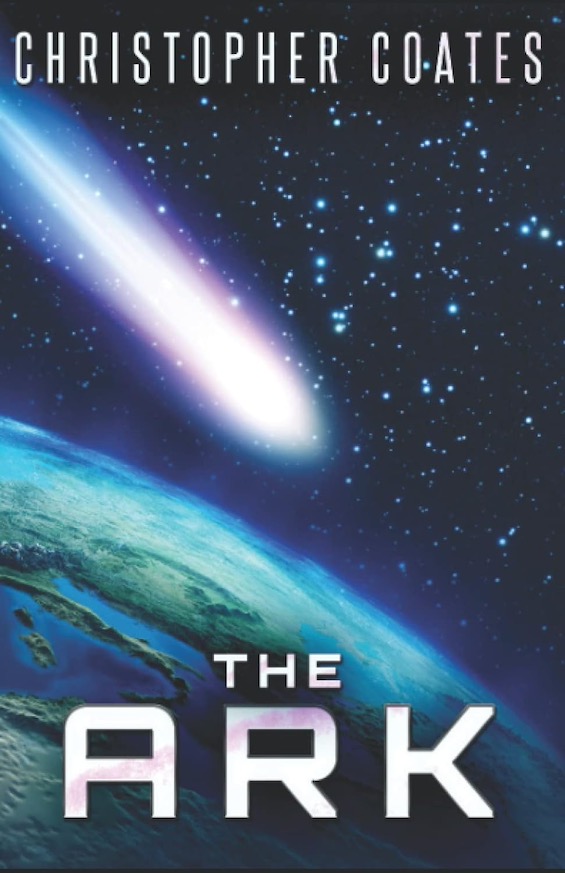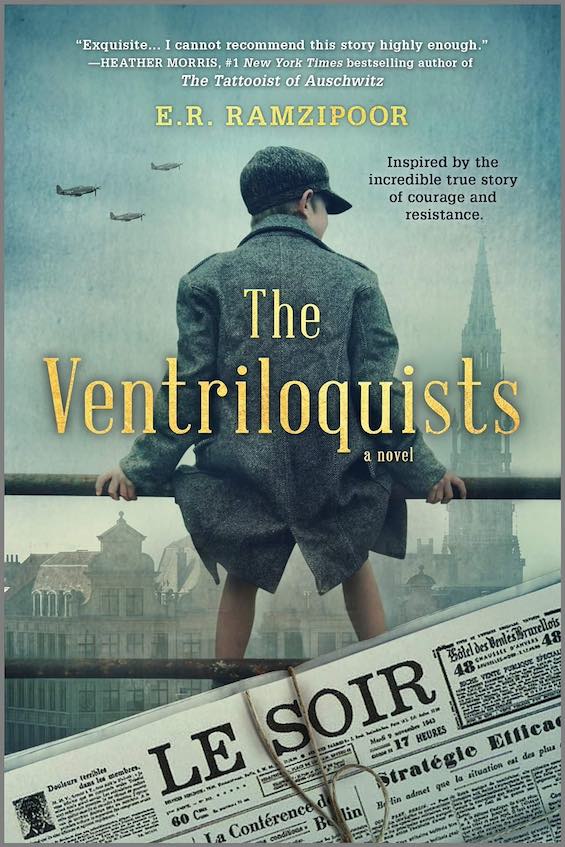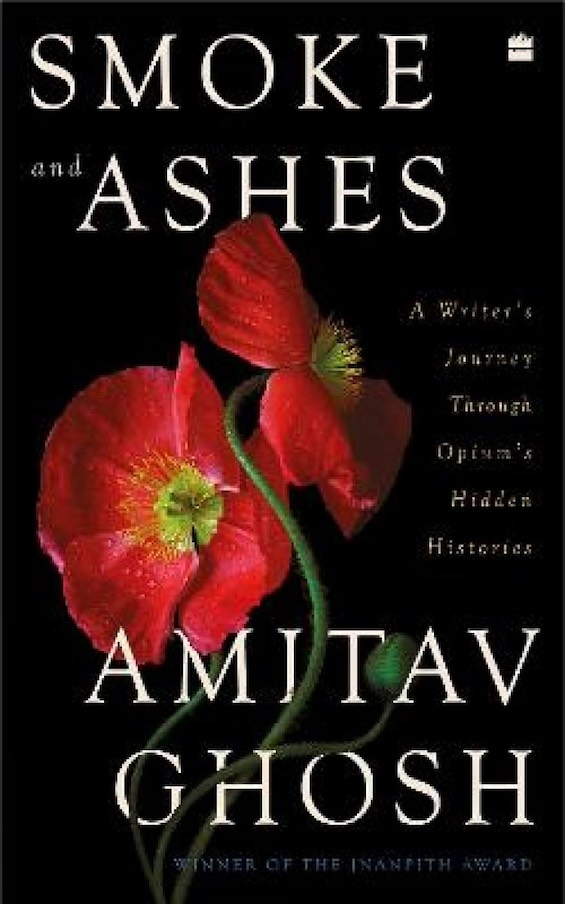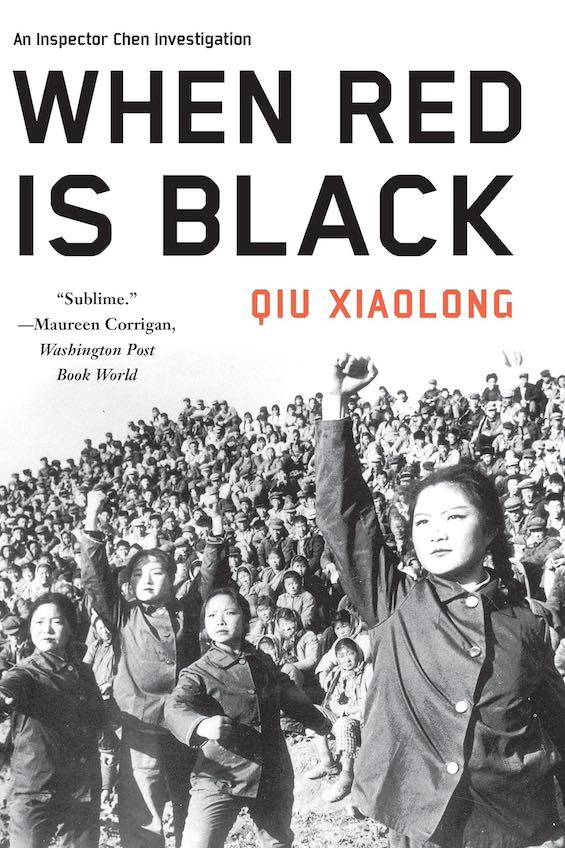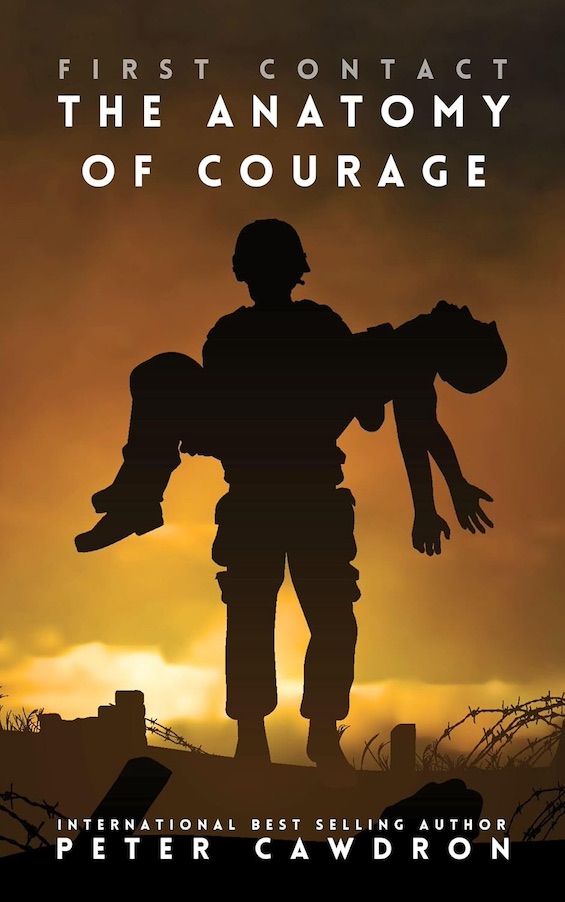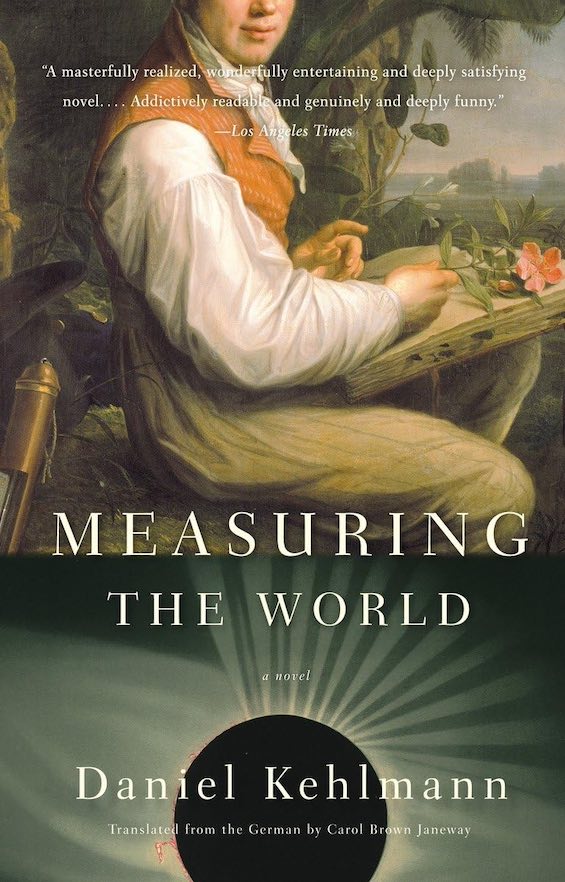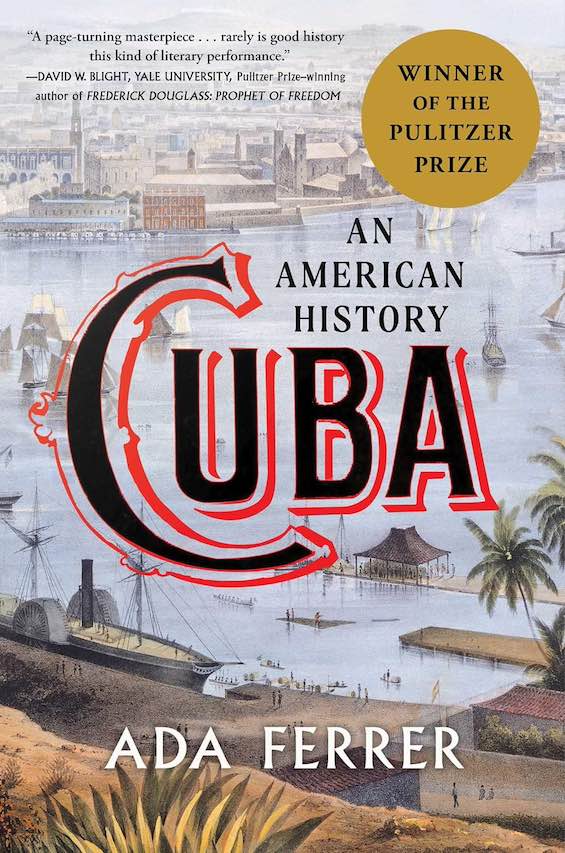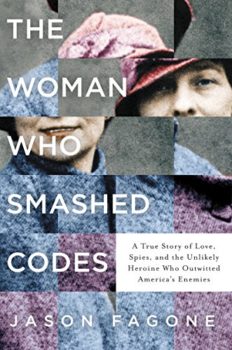
Estimated reading time: 6 minutes
When Richard Nixon asked Chou En-Lai in 1972 about the impact of the French Revolution, the Chinese Premier famously said, “It’s too early to tell.” That terse response is generally understood to illustrate the Chinese ability to take the long view of history. But it might be more accurate to regard it as reflecting the constraints on those who write history. Historians can only work with available records: there is no history without documentary evidence. And sometimes decades, even centuries pass before the most crucial evidence comes to light.
In fact, ironically, the exchange between Nixon and Chou reflects a misunderstanding that drives the point home even more strongly: they were both referring to the events of 1968, not 1789. Only now, much later, once a diplomat present at the scene clarified the exchange, can historians accurately interpret what the two men meant.
The Woman Who Smashed Codes: A True Story of Love, Spies, and the Unlikely Heroine Who Outwitted America’s Enemies by Jason Fagone (2017) 464 pages ★★★★★
There are few areas in which the unavailability of documentary evidence has been more telling than in the history of espionage in the 20th century. Only in recent years have the archives of the CIA, the KGB, MI6, the NSA, and other leading intelligence agencies opened widely enough for us to understand what really took place in the world of espionage in World War II and the Cold War. (Doubtless, some explosive documents are still locked away and won’t surface until later in this century, if ever.) And there is no more dramatic example of how what has passed for history has misled us than what we have been taught about the FBI’s role in counterespionage in the 1920s and 30s (combating rumrunners and smugglers) and in the 1940s (catching Nazi spies).
Working with recently declassified files from the World War II era as well as long-ignored archival records and contemporary press reports and interviews, journalist Jason Fagone has brought to light at last the astonishing story of Elizebeth Smith Friedman and her husband, William Friedman. (Yes, her first name is spelled with three e’s.) As Fagone shows in his beautifully written story of this surpassingly brilliant couple, The Woman Who Smashed Codes: A True Story of Love, Spies, and the Unlikely Heroine Who Outwitted America’s Enemies, the Friedmans may well have been the most important 20th-century American codebreakers, and quite possibly the best and most successful in the world.
Her husband broke the Japanese code called “Purple”
William Friedman is celebrated in cryptology circles as the man who broke the Japanese military code called Purple. “MAGIC became the top-secret moniker for these Japanese decryptions . . . MAGIC led directly to bombs falling on imperial ships at Midway,” the turning point of the war in the Pacific.
Fagone notes, “Today historians of cryptology believe that in terms of sheer, sweaty brilliance, the breaking of Purple is a feat on par with Alan Turing’s epiphanies about how to organize successful attacks on German Enigma codes.” However, independently, before the US and Britain’s Bletchley Park were collaborating on the effort, Elizebeth Friedman broke not one but three different types of Enigma machines. Fagone makes abundantly clear that the two were at least equal in ability. In fact Elizebeth may have been just a bit smarter. (William always insisted she was.)
“William Friedman is . . . widely considered to be the father of the National Security Agency,” Fagone writes. But both he and Elizebeth came to loathe the practices of the agency not long after its formation in 1952. It’s very likely they would be scandalized by the indiscriminate collection of information about civilians by today’s NSA.
They unscrambled thousands of messages
As Fagone notes, “Elizebeth and William Friedman unscrambled thousands of messages spanning two world wars, prying loose secrets about smuggling networks, gangsters, organized crime, foreign armies, and fascism. They also invented new techniques that transformed the science of secret writing, known as cryptology.” Although today Elizebeth isn’t nearly as famous as her husband, that was by no means always the case. During the 1930s, she become a celebrity for her work against rumrunners and other smugglers and gangsters during the Depression.
The public attention halted when she was enlisted by the Coast Guard for a top-secret effort to identify the extensive Nazi spy network in South America—work at which she and her team were extraordinarily successful. Their efforts led to the dismantling of the Nazi network well before the end of the war. However, J. Edgar Hoover claimed the success for the FBI, ignoring their efforts, and he was able to get away with it because he had become so powerful. “It’s not quite true that history is written by the winners,” Fagone writes. “It’s written by the best publicists on the winning team.”
An astonishing story
The Woman Who Smashed Codes is an astonishing story that simply has to be read to be believed. His principal subject, Elizebeth Friedman, was an extraordinary woman he refers to more than once as a genius. (The evidence is there.) And Fagone writes the tale with often-elegant, metaphorical prose. He calls the book a love story, but it is of course far more than that
The same declassification of secret files that allowed Jason Fagone to write The Woman Who Smashed Codes has led to the publication of several other recent books about women in espionage. The most prominent of these was Code Girls: The Untold Story of the American Women Code Breakers of World War II by Liza Mundy.
For related reading
This is one of the 10 top WWII books about espionage.
This title is featured on Good books about dictionaries, libraries, and language.
This is one of many good books about Female spies and saboteurs in World War II I’ve reviewed here.
Like to read good biography? Check out 10 great biographies.
If you enjoy reading nonfiction in general, you might also enjoy:
- Science explained in 10 excellent popular books
- My 10 favorite books about business history
- Top 10 nonfiction books about politics
Check out my post, 20 good nonfiction books about espionage, for other books that illuminate the business of spying. You might also be interested in My 20 favorite espionage novels, or in my post, 10 top nonfiction books about World War II.
You might also enjoy The 10 best novels about World War II.
And you can always find my most popular reviews, and the most recent ones, on the Home Page.

